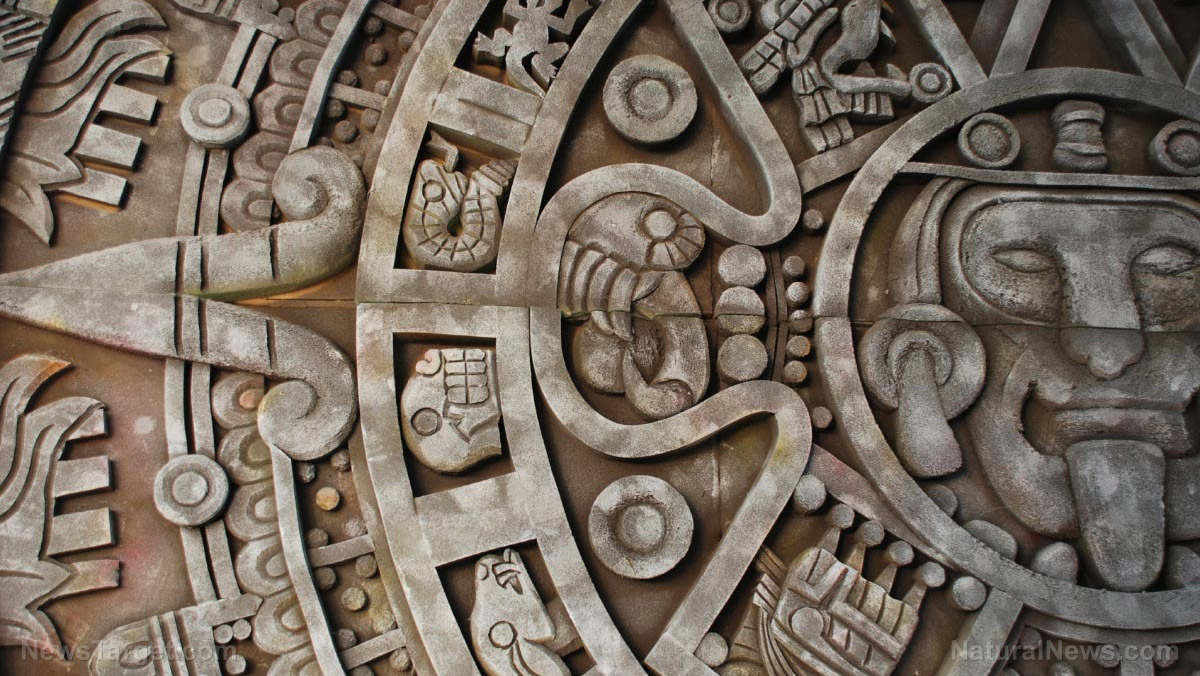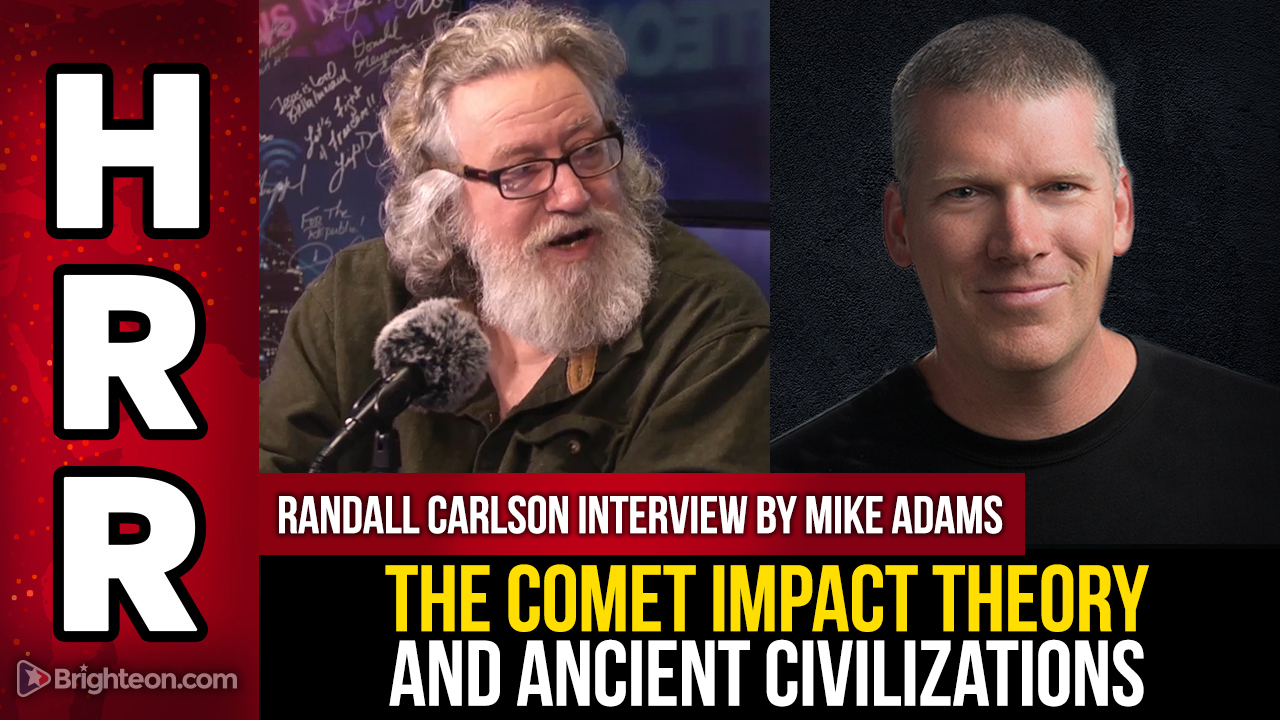
The tantalizing find suggested that Tikal was once on good terms with Teotihuacan. But for some reason, their relationship soured in the latter half of the fourth century, culminating in the Maya city's defeat at the hands of its former ally.
Exploring the ancient Mayan city of Tikal
The discovery of the courtyard came thanks to a land survey in 2018. Researchers scanned the region around Tikal through light detection and ranging , or LiDAR, which uses laser that is beamed from an airplane to precisely map structures obscured by forest and other ground covers.
The survey showed that the ancient city covered a wider area than previously thought. Images of the southern part of the city depicted a large, enclosed courtyard flanked by a pyramid to its east. The courtyard was lined with smaller structures and was buried under mounds that were originally thought to be just hills.
After examining the images more closely, the researchers noticed that the courtyard's layout looked like a small replica of the Citadel, a 38-acre Teotihuacan courtyard where the Feathered Serpent Pyramid is found. Archaeologists were uncertain when construction for the Citadel started, but the pyramid was built around A.D. 200.
"The similarity of the details was stunning," said Stephen Houston, a professor of anthropology at Brown University who contributed to the land survey.
Edwin Roman-Ramirez, an archaeologist at Guatemala's Foundation for Maya Cultural and Natural Heritage, excavated at the site last summer to investigate whether Tikal's newfound courtyard had any connection to Teotihuacan's Citadel.
Roman-Ramirez and his team discovered structures made of earth and stucco, both of which the Maya did not use for construction. They also unearthed Teotihuacan-style weapons carved from green obsidian (a glasslike volcanic rock) that was imported from central Mexico. There were also fragments of Teotihuacan incense burners, carvings of the city's rain god and evidence of a funeral conducted in a Teotihuacan manner. (Related: Archaeologists unearth 2 trophy SKULLS in Belize jungles: Macabre artifacts will be used to study the collapse of the Maya civilization.)
Ancient cities were friends turned bitter rivals
While Roman-Ramirez and his colleagues had yet to date the structures, ceramics found around the courtyard suggested that construction for Tikal's citadel began around A.D. 300. That was nearly 80 years before Teotihuacanos supposedly invaded, hinting at a diplomatic relationship that turned sour.
Tikal likely warmly welcomed its rival-to-be and housed Teotihuacan guests in the citadel. According to Roman-Ramirez, the discovery "proved that people who were from Teotihuacan or people closely associated with the Teotihuacan culture also lived in Tikal."
"We knew that the Teotihuacanos had at least some presence and influence in Tikal and nearby Maya areas prior to the year 378," he said in a press conference last week. "But it wasn't clear whether the Maya were just emulating aspects of the region's most powerful kingdom. Now there's evidence that the relationship was much more than that."
If this were indeed the case, foreign relations between the two cities eventually became hostile. In A.D. 378, foreigners presumed to be Teotihuacanos stormed Tikal. The city's ruler was killed on the same day and was replaced by the son of Spearthrower Owl, the then-king of Teotihuacan. By the next century, Tikal's art and architecture had borne Teotihuacan influences.
The previous discovery of what appeared to be an ancient Maya compound in the center of Teotihuacan teased this narrative before. The structure's walls were adorned with colorful Maya-style murals, sparking speculation that Maya nobles and ambassadors lived there. The murals were then smashed to pieces and buried at around Tikal's takeover. (Related: For the Mayans, war and violence were all in a day's work.)
How the cities became sworn enemies remains to be solved. In the meantime, Roman-Ramirez and his team plan to study the human remains at Tikal's burial site to learn more about the courtyard and the people that lived there.
Artifacts.news has more stories about ancient civilizations and their way of life.
Sources include:
Please contact us for more information.






















